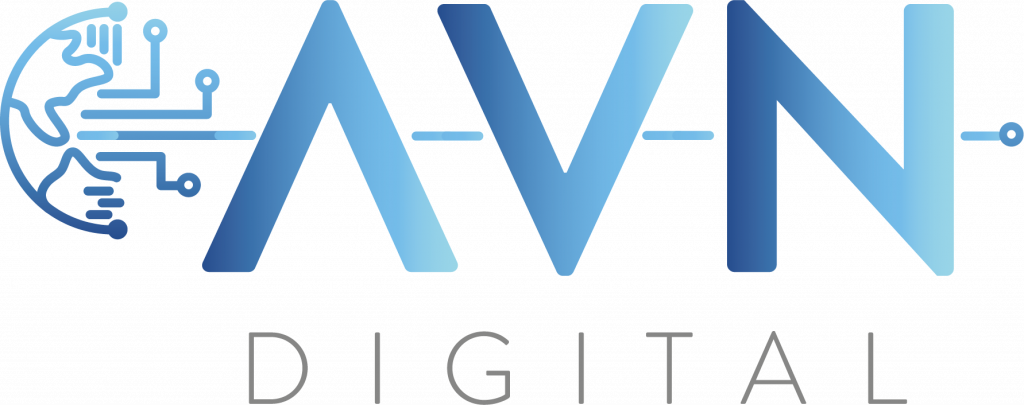Robotic process automation is the use of specialised computer programs, referred to as software system robots – to automate and standardise repeatable business processes. Working as a virtual assistant, bots complete tedious tasks, liberating time for employees to focus on revenue-generating tasks for the organization. The advantage of RPA technology is that even non-technical employees will have the tools available to configure their own software robots to solve their automation challenges.
What are the benefits of RPA?
As an easy and cost-efficient tool, robotic process automation provides variety of benefits that are drawing interest from organizations across several industries. The business benefits of RPA include:
